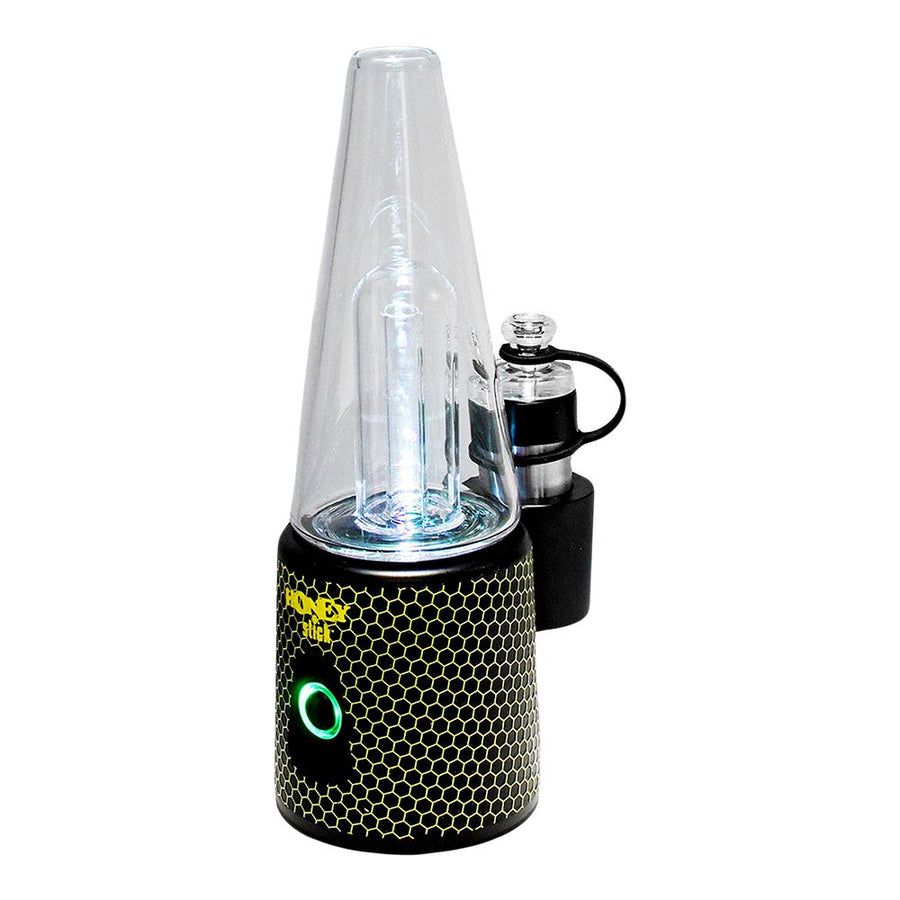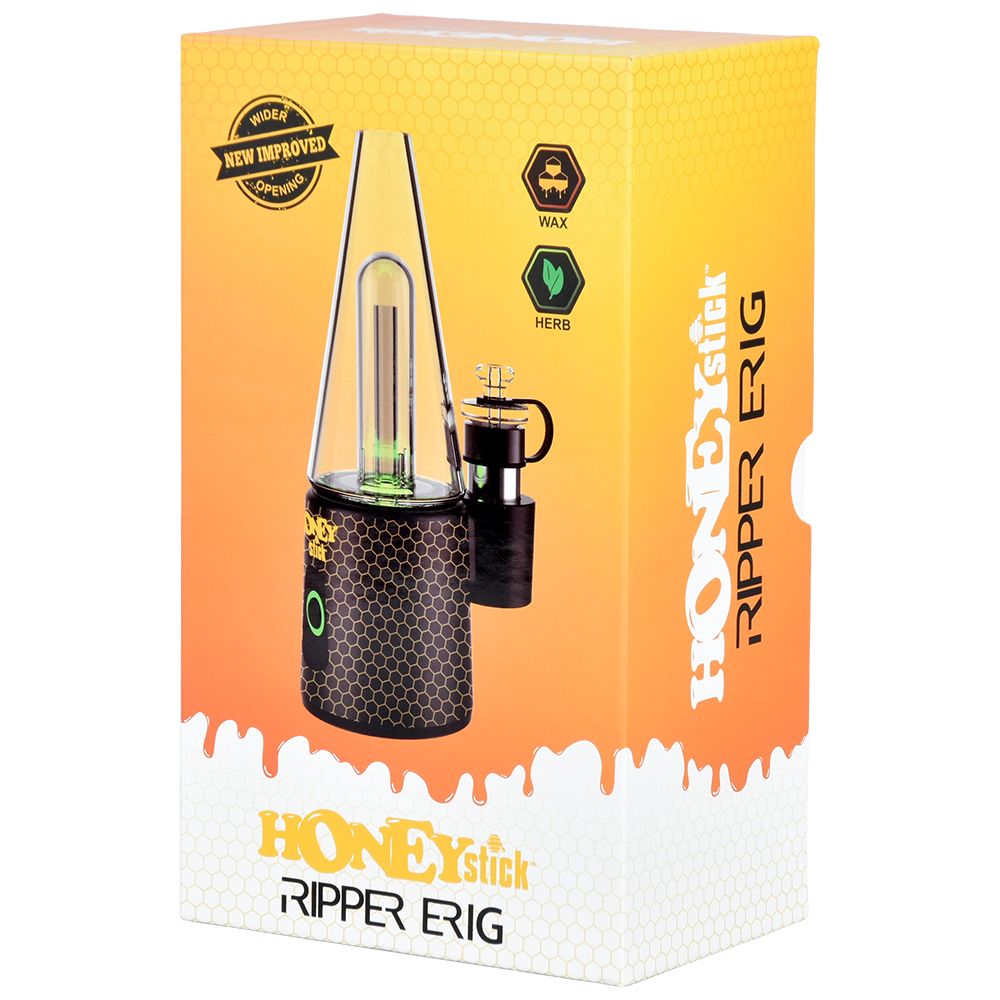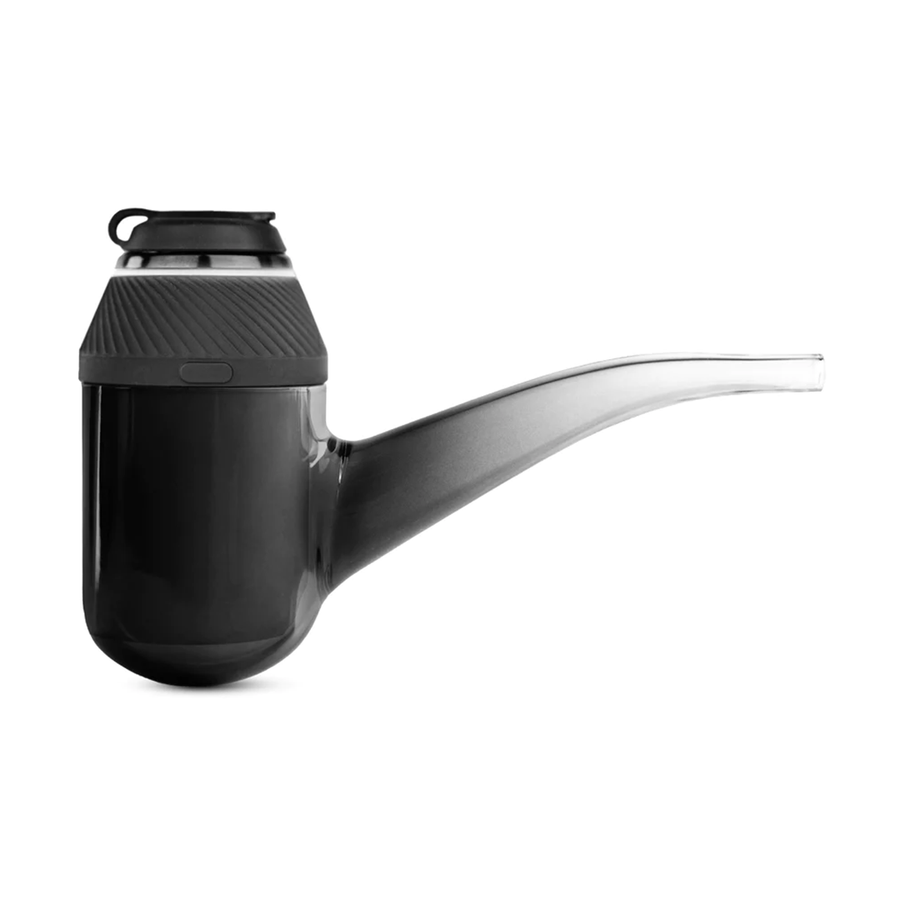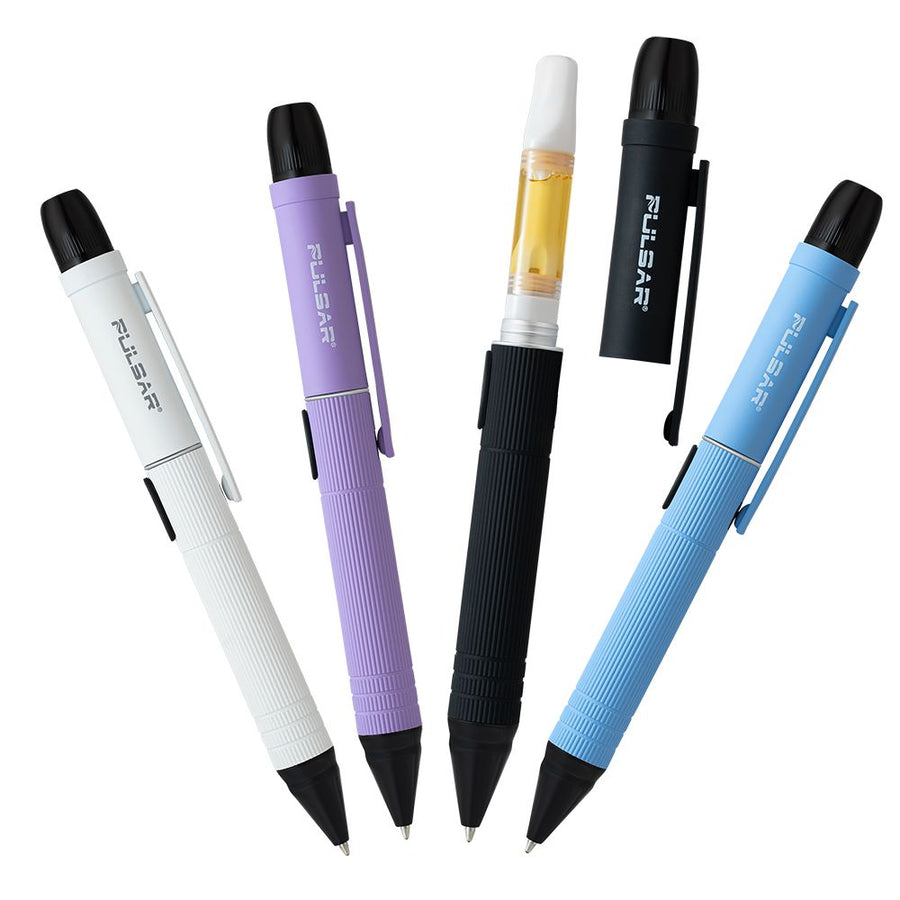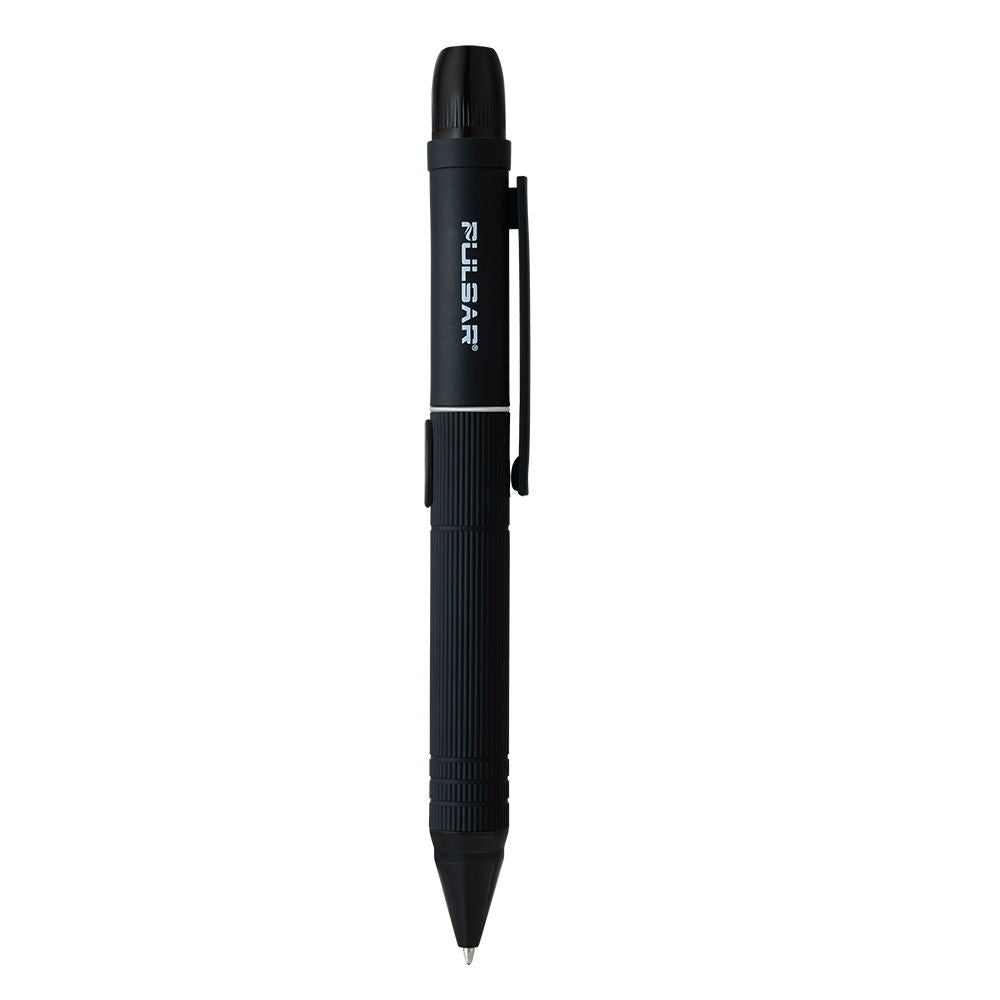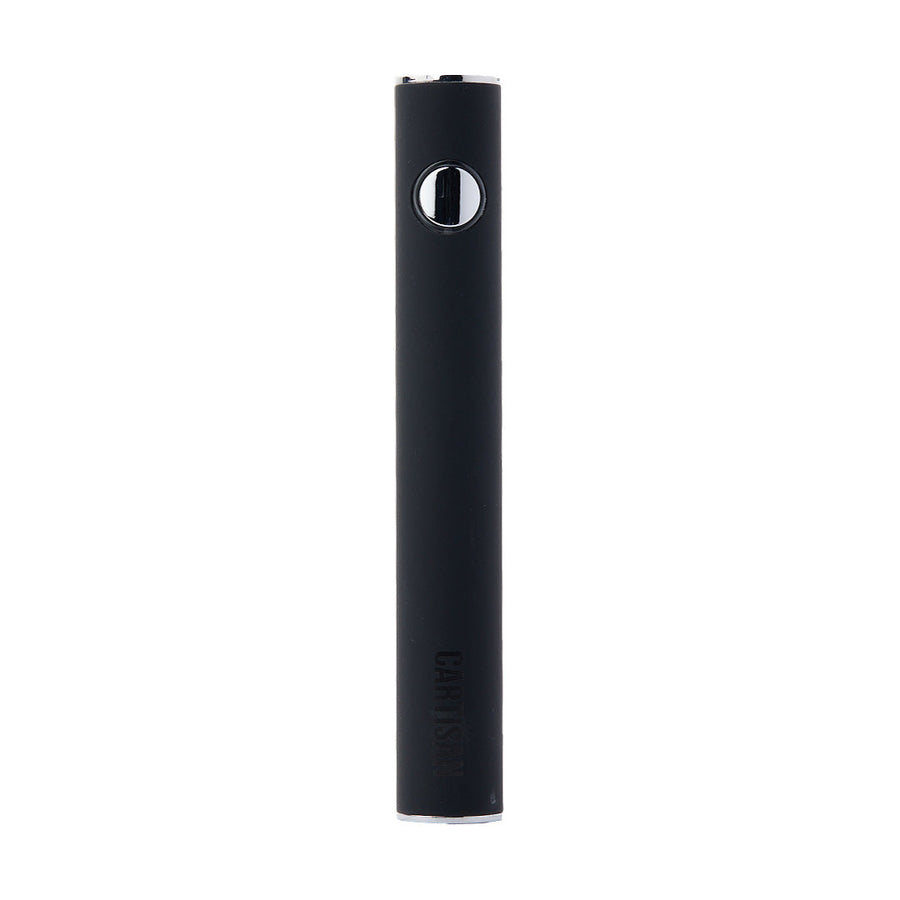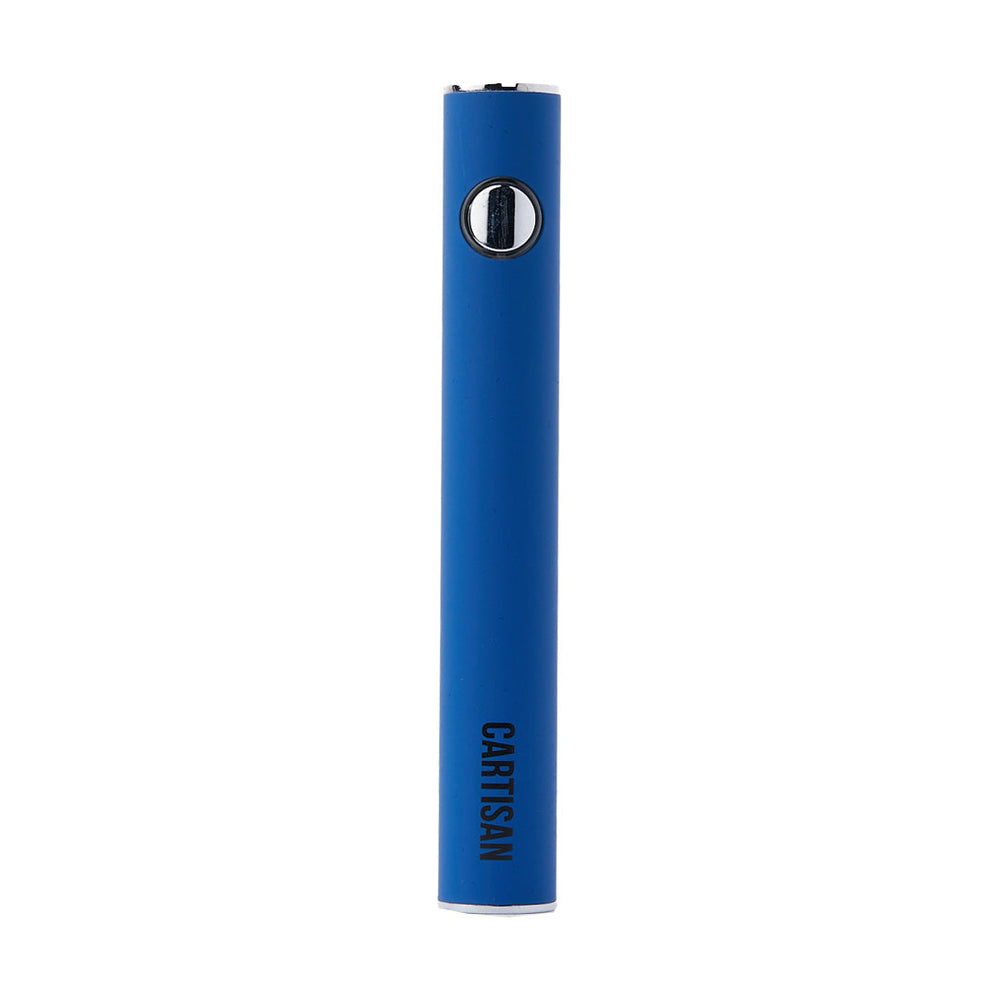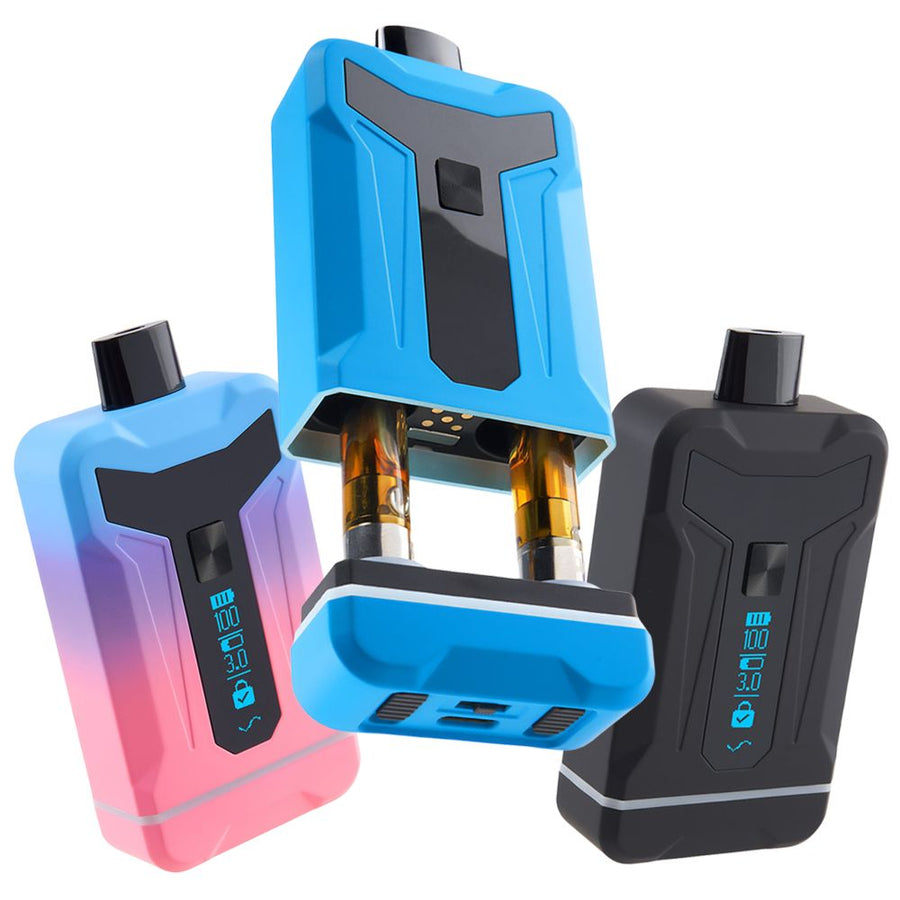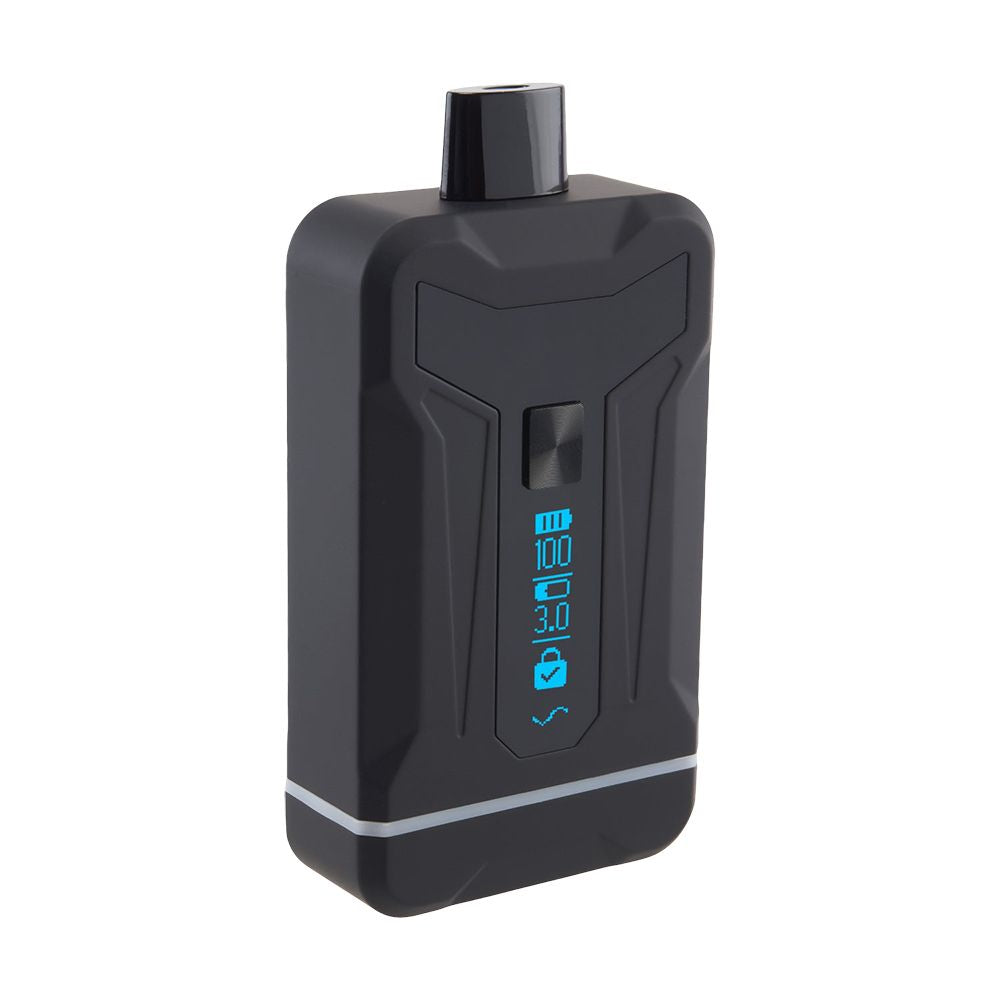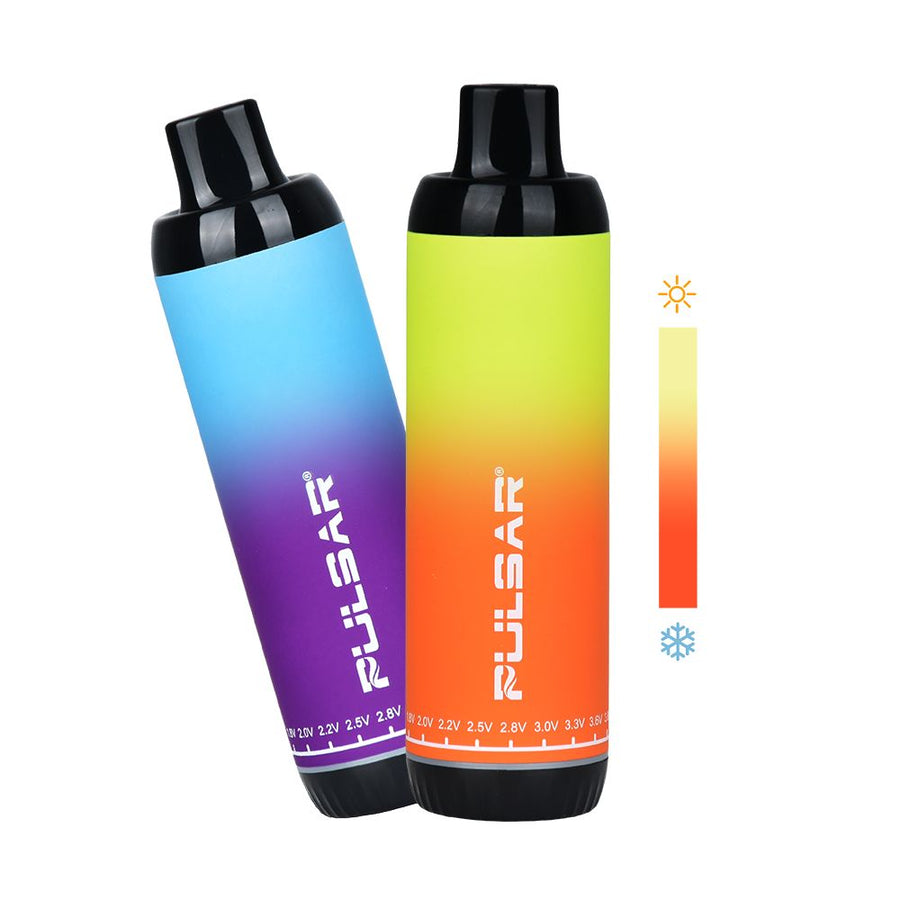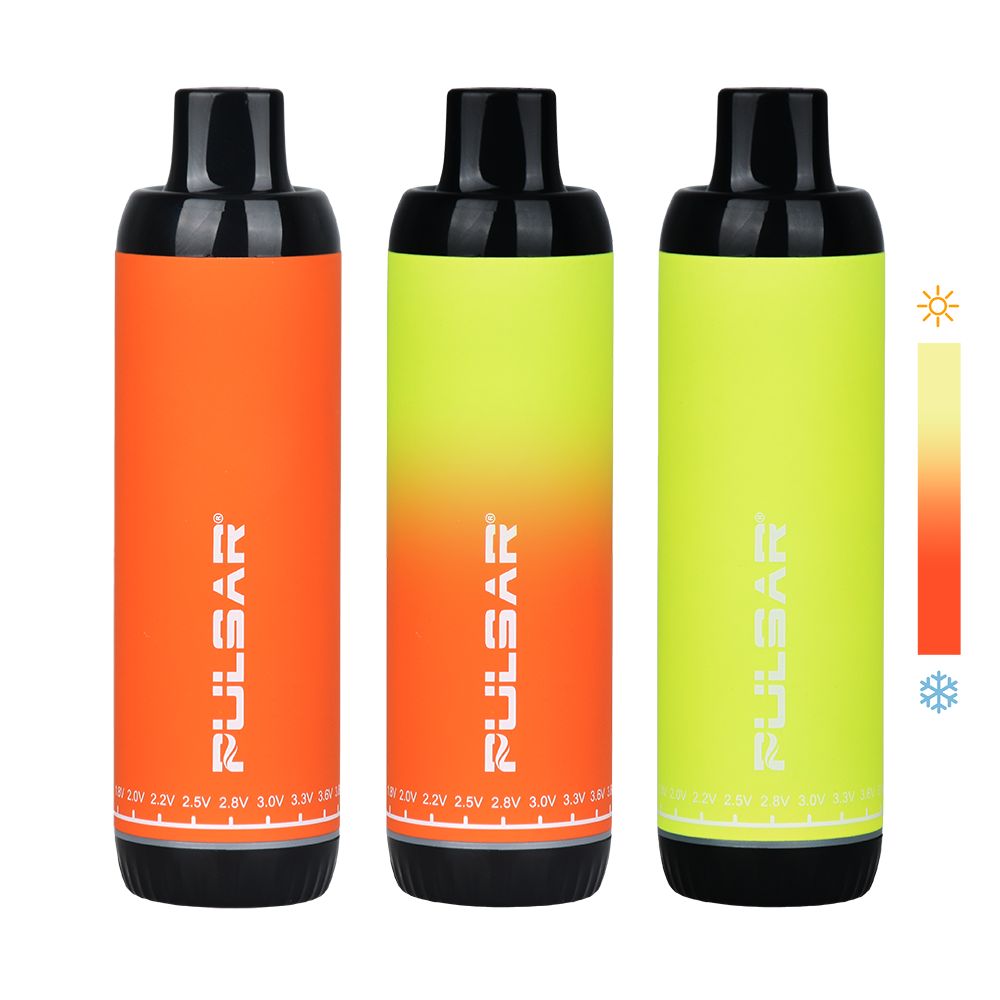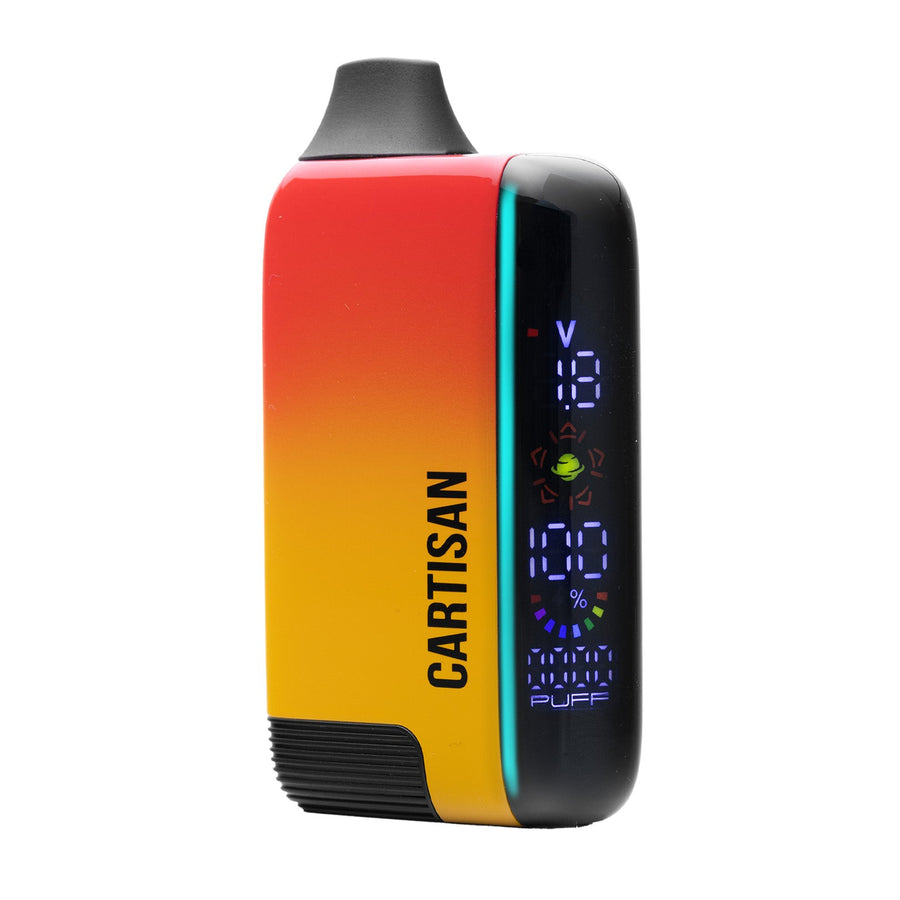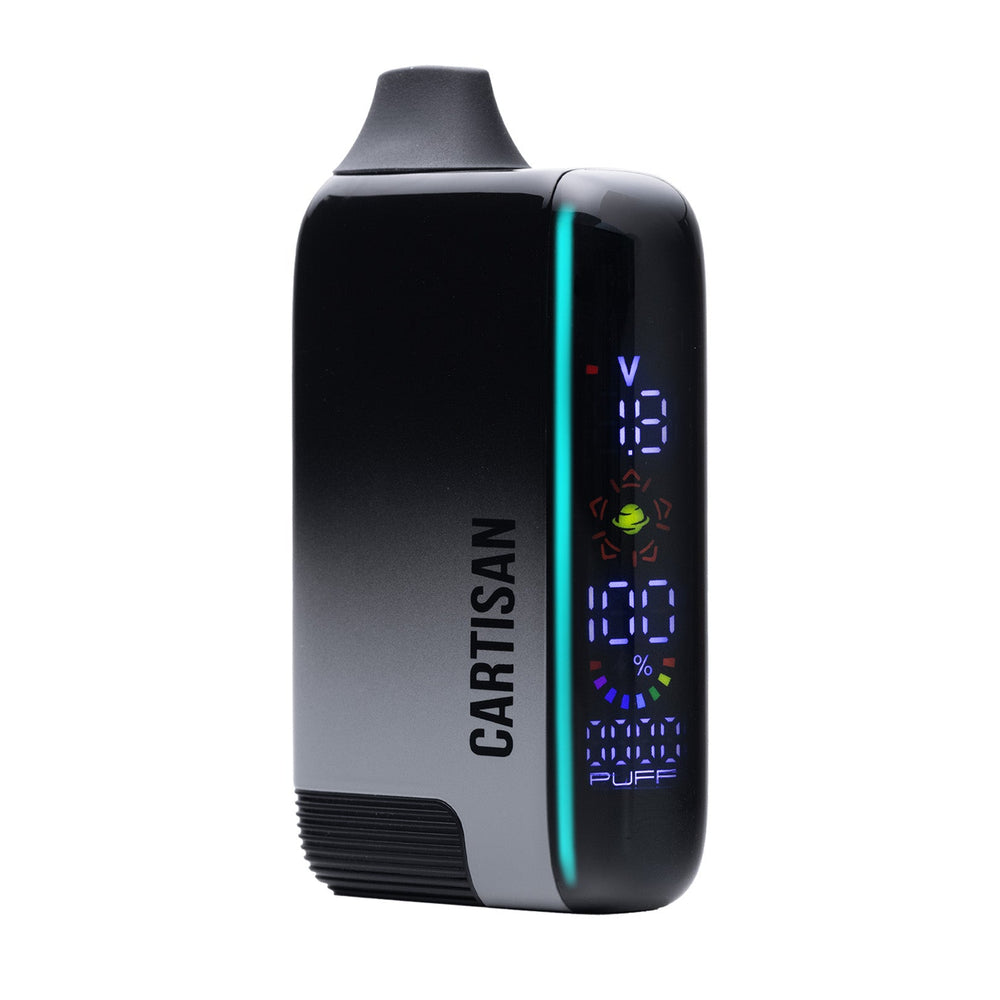What is in a Vape: Understanding the Ingredients and Risks

Vaping has become a popular choice for many, offering an alternative to traditional smoking. Yet, questions linger about what exactly goes into these devices and the potential risks involved.
It's not just about the clouds of vapor; it’s also about understanding the substances that create them. One surprising fact is that vape liquids contain more than just nicotine - they're a mix of several ingredients, some of which might surprise you.
This blog post aims to demystify what's in a vape by breaking down its components like propylene glycol, vegetable oil, flavorings, and nicotine. We'll explore how these elements combine to produce the aerosol inhaled during vaping and discuss both their intended effects and unintended health risks.
By shedding light on these aspects, we hope to provide valuable insights for e-cigarette users making informed choices about their vaping practices. Stay curious!
What is Vaping?
Vaping involves using electronic devices to inhale aerosol produced from heating a liquid inside the device. The process includes aerosol inhalation, a method of vapor production commonly used in electronic cigarette use.
Definition
Vaping involves inhaling and exhaling an aerosol, often mistaken as water vapor, but it's actually an aerosol mist. This aerosol comes from heating a liquid in vaping devices or e-cigarettes.
Unlike smoke from cigarettes, this mist doesn't contain tobacco. However, it can carry nicotine and other chemicals into the lungs.
E-cigarettes are designed to mimic the act of smoking without burning tobacco. Users fill the device with a liquid that usually contains nicotine, flavorings, and other chemicals. The vape heats this liquid until it becomes an inhalable aerosolization is key to how these devices work, turning liquid into a breathable form without traditional combustion involved in cigarette smoking.
Vaping devices
Moving from the definition of vaping to the devices used, it's important to understand what these devices are. Vaping devices, also known as e-cigarettes, come in various shapes and sizes, but they all work in a similar way by heating the vape liquid to produce an aerosol for inhalation.
Some common types include cig-a-like, vape pens, and mods. These devices typically consist of a battery component that powers the device and heats the coil, a cartridge or tank to hold the vape liquid, and a mouthpiece for inhaling the aerosol.
When using these vaping devices, it’s crucial to know how they function and how their components affect your vaping experience. For example, different devices may deliver varying levels of nicotine or produce different amounts of aerosol.
Understanding your specific vaping device can help you make informed choices about your vaping habits.
Aerosol production
Vaping devices heat up a liquid that contains various chemicals. When this liquid is heated, it creates an aerosol or mist that users inhale. The process of creating this aerosol involves heating the vape liquid to produce tiny particles that are inhaled into the lungs.
This can expose users to potentially harmful chemicals and substances such as nicotine, propylene glycol, and flavorings. It's important for vape users to understand how this aerosol production can impact their health.
The aerosol produced from vaping devices contains not only nicotine but also other toxic chemicals that can potentially pose serious health risks.
Vape users should be aware of the potential dangers associated with inhaling this mist.
The Ingredients in Vape Liquids
Vape liquids contain various ingredients such as nicotine, propylene glycol, vegetable oil, and flavorings. Understanding these components is essential for informed use.
Nicotine
Nicotine is a highly addictive substance found in vape liquids. When it comes to addiction, nicotine tops the list, causing dependency and withdrawal symptoms when not consumed.
It's not merely about the buzz; nicotine poses potentially serious health risks. Understanding these health hazards is crucial for vape users.
In addition to its addictive nature, inhaling mist containing nicotine through vaping devices can potentially lead to serious health risks due to the presence of this highly addictive substance in vape liquids used by many vapers.
Propylene Glycol
Propylene Glycol, one of the main ingredients in vape liquids, helps create the aerosol that users inhale. It's a synthetic liquid substance used to absorb water and maintain moisture, commonly found in foods and various household items.
In vaping, it serves as a carrier for nicotine and flavors, helping to produce the visible vapor when heated. Overall, it's generally recognized as safe by the FDA when used in food.
Vegetable Oil
Transitioning from propylene glycol to vegetable oil, it's important to understand that some vape liquids contain vegetable oil. Vegetable oil can be used as a carrier for the flavorings in vaping liquids, contributing to the overall taste of the aerosol produced.
The presence of vegetable oil in vape liquid may pose potential health risks when inhaled. This underscores the need for vapers to be aware of the components present in their e-liquids and make informed choices regarding their usage.
Flavorings
Flavorings in vape liquids are a mix of chemicals to create different tastes and smells. These can include natural or artificial flavors like fruit, mint, or dessert. One study found that over 7,000 flavorings are used in e-cigarettes, ranging from sweet to savory.
Some have raised concerns about the safety of inhaling these flavorings as they may contain harmful substances.
The variety of flavors in vapes makes them attractive to users, especially young people. However, it's crucial for vapers to be aware that flavorings may carry potential health risks due to undisclosed ingredients.
Potential Risks of Vaping
Vaping poses potential health risks, addiction potential, and the inhalation of harmful chemicals. It's important to be aware of these dangers before using e-cigarettes.
Health risks
Vaping poses potentially serious health risks to users. The aerosol produced by e-cigarettes can contain harmful substances like nicotine, heavy metals, and ultrafine particles that can be inhaled into the lungs.
Furthermore, the liquid used in vapes often contains flavorings that are safe to eat but can be harmful when heated and inhaled.
These risks cannot be ignored and should be carefully considered before using e-cigarettes.
Addiction
Addiction to vaping can develop due to the presence of nicotine in vape liquids. Nicotine is highly addictive and can lead to dependence, making it challenging for users to quit. Studies have shown that young people who use e-cigarettes are more likely to become regular cigarette smokers.
The addictive nature of nicotine in vapes should not be underestimated, especially among younger users.
Aerosolization
When vaping, the liquid is heated into an aerosol that is inhaled. This aerosol contains tiny particles that can carry harmful substances like nicotine and chemicals from flavorings and metal in vape devices.
Understanding how aerosolization works helps vapers make informed choices about their health.
Inhalation of harmful chemicals
The inhalation of harmful chemicals from vaping can potentially lead to serious health risks. Some vape liquids contain toxic substances like formaldehyde, acrolein, and acetaldehyde.
Vape users should be aware of these potential dangers and make informed choices about their vaping habits.
Inhaling harmful chemicals through vaping can have short- and long-term effects to these chemicals.
It's crucial for vape users to understand the potential risks associated with inhaling harmful chemicals found in vape liquids to make well-informed decisions about their health.
Conclusion
After learning about vaping, its devices, and the production of aerosols, it's crucial to understand the ingredients in vape liquids - nicotine, propylene glycol, vegetable oil, and flavorings.
We've also examined potential risks such as health hazards through aerosolization. Now consider how these insights can practically guide you toward making informed choices about vaping.
Will you take charge of your well-being by embracing safer alternatives or quitting altogether? The importance lies in safeguarding your health while minimizing potential harm from vaping.
Explore reputable resources for further guidance if needed; remember that taking positive steps starts with informed decision-making.
FAQs
1. What is in a vape?
A vape, also known as an e-cigarette, contains various ingredients. These often include nicotine, flavorings, and chemicals that get turned into vapor.
2. Are there any risks associated with using vapes or e-cigarettes?
Yes, there are risks linked to the use of vapes or e-cigarettes. The inhalation of nicotine and other chemicals can potentially lead to health issues.
3. Can you explain more about the ingredients found in vapes?
Sure! Vape ingredients typically consist of nicotine (a highly addictive substance), flavorings made from various chemicals, and substances that produce vapor when heated.
4. How does understanding what's in a vape help me assess its risks?
Understanding the ingredients helps you know what substances you're inhaling when vaping. This knowledge aids in making informed decisions regarding your health.


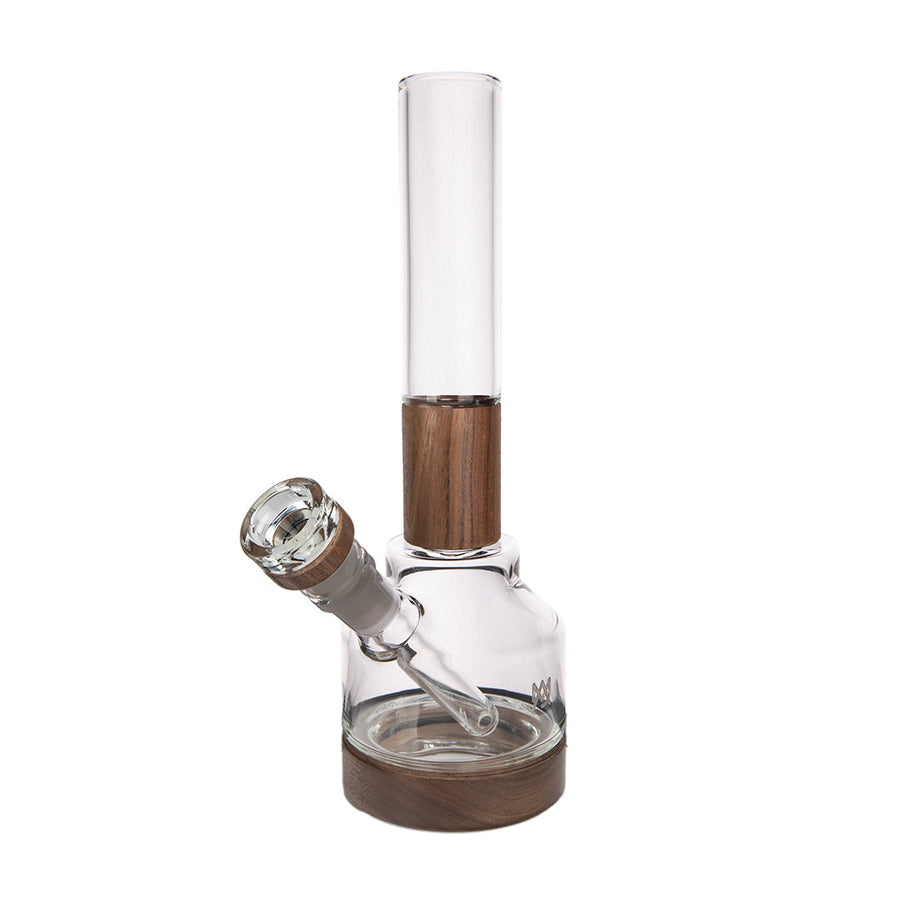
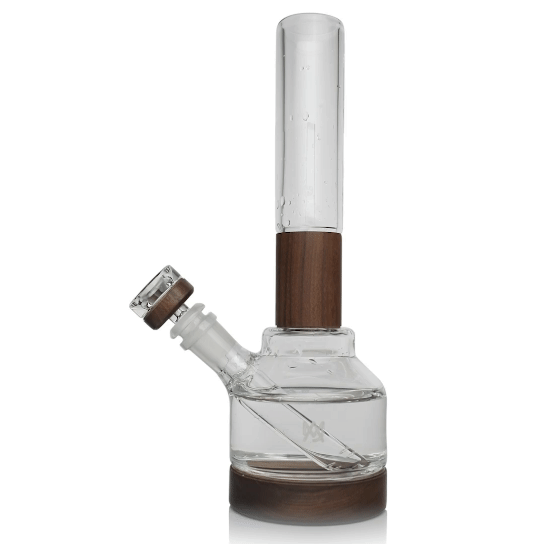
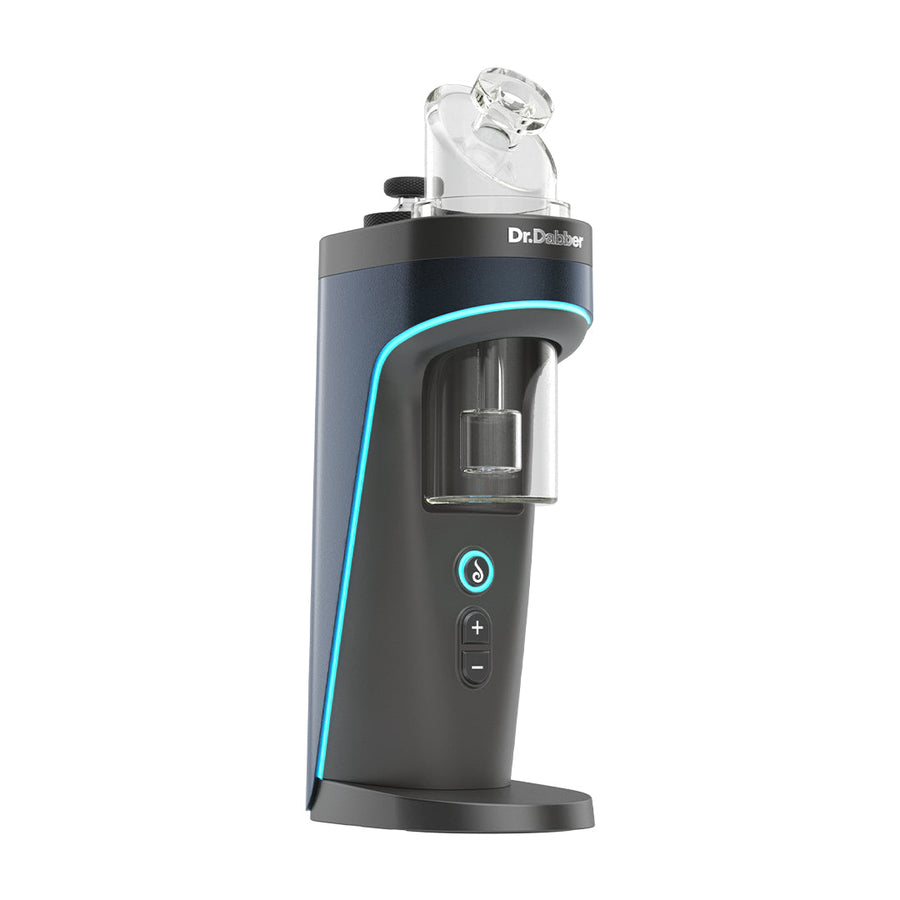
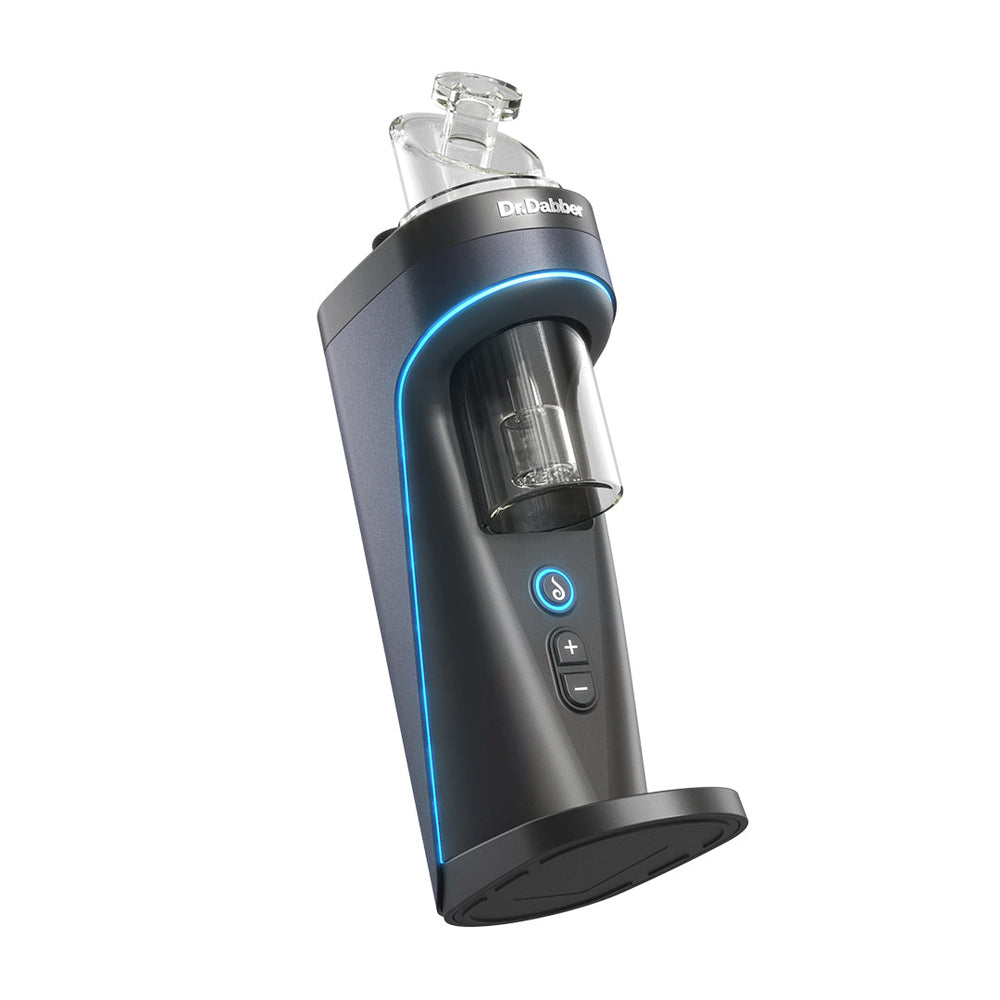
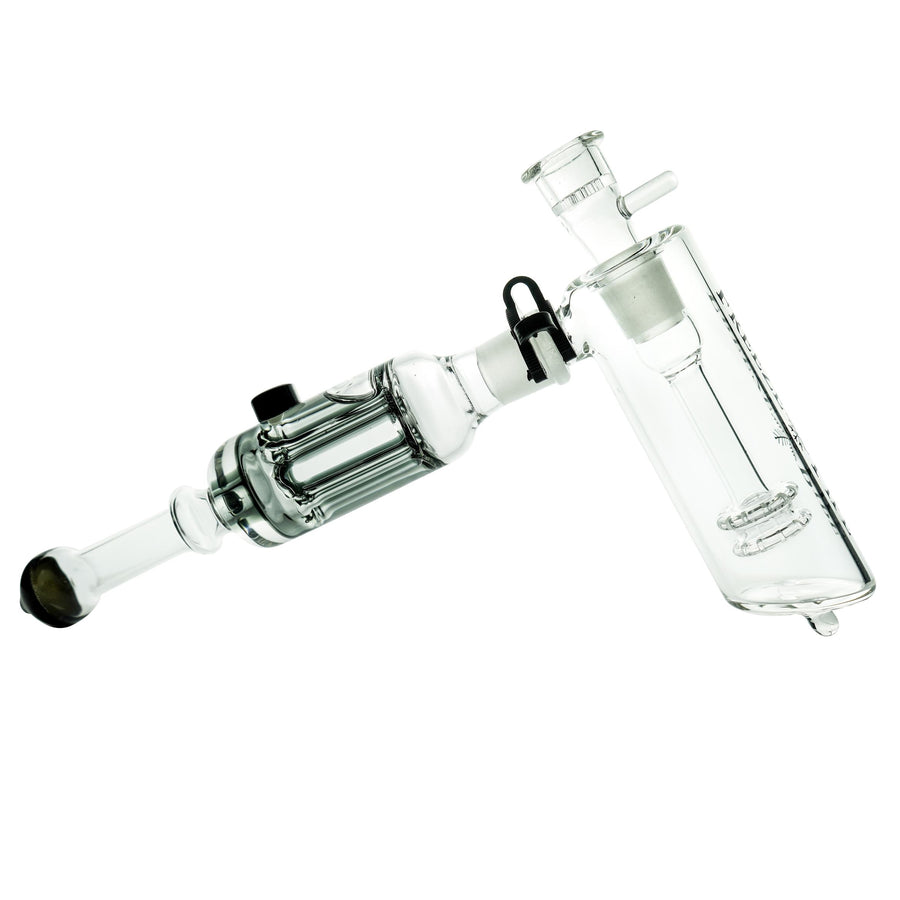
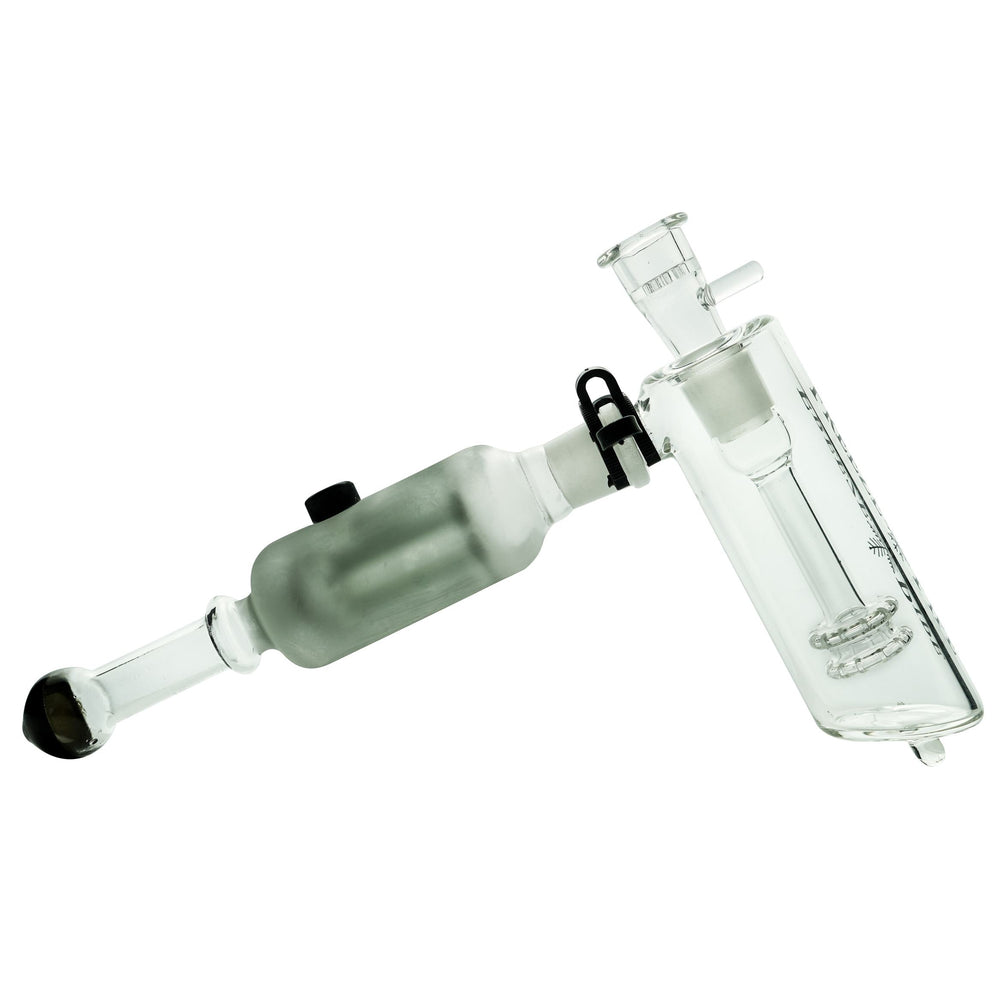
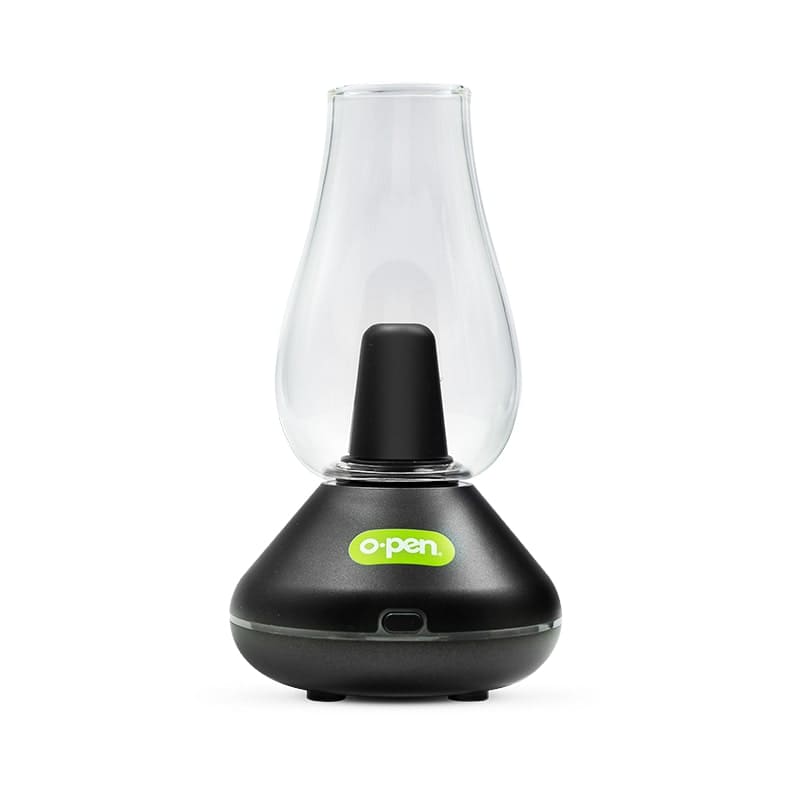
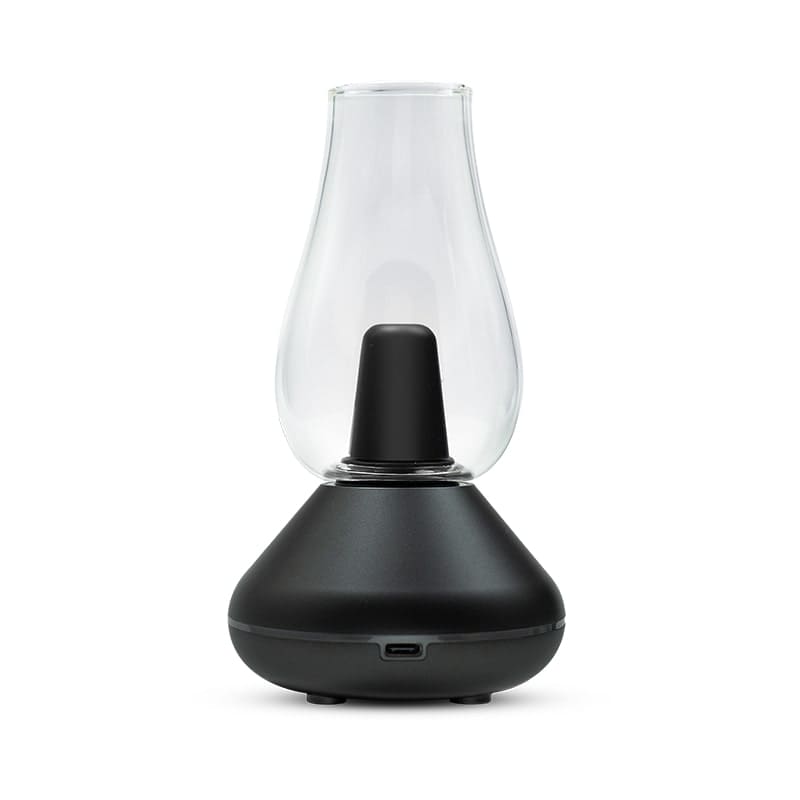
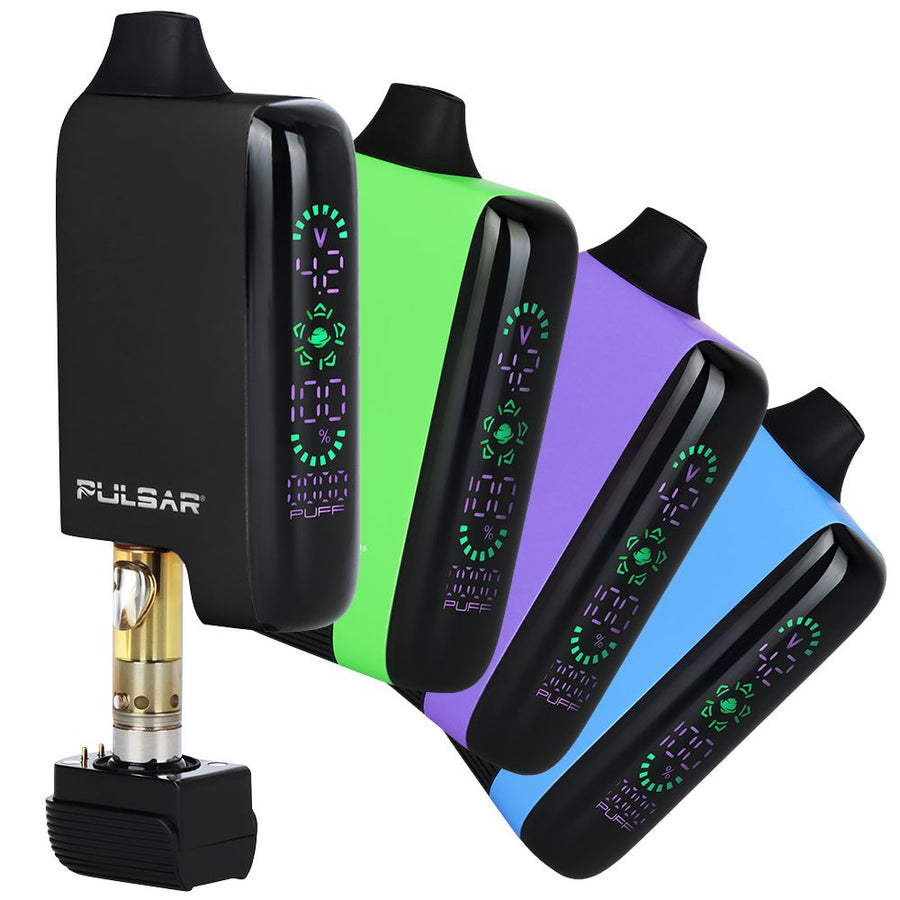
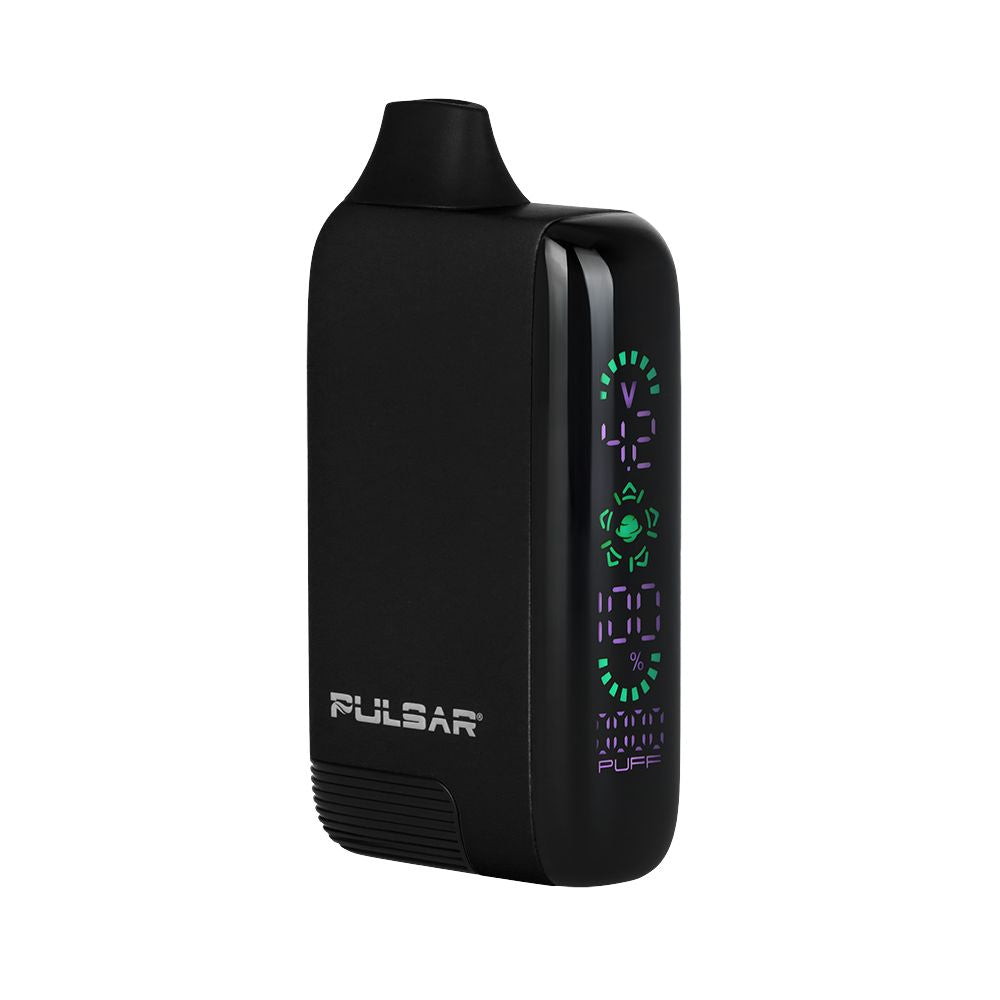
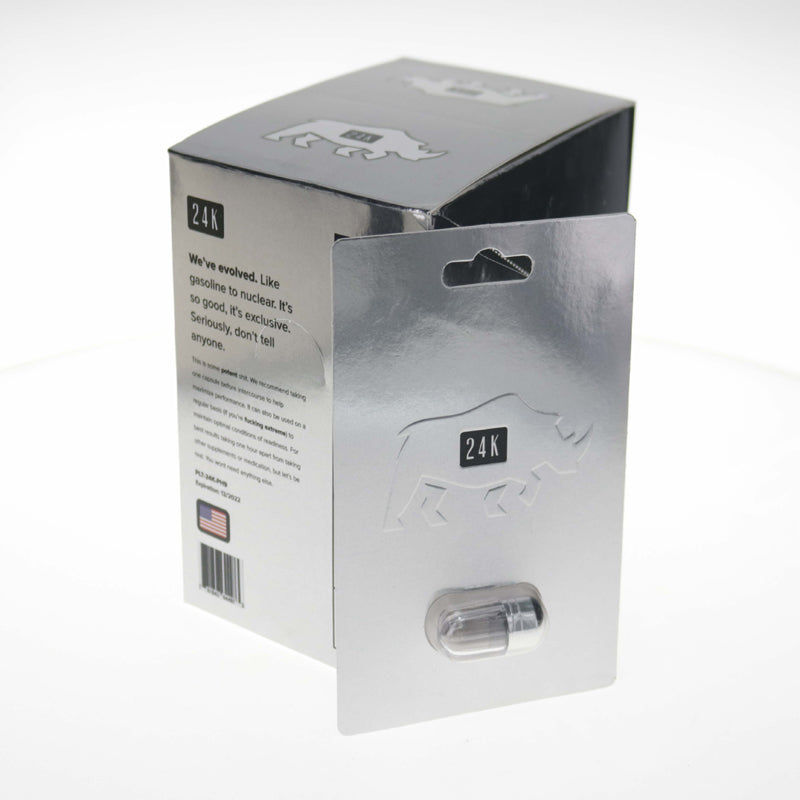
![Vessel Compass Rise [Obsidian] Vessel Compass Rise [Obsidian]](http://www.headshop.com/cdn/shop/files/631009c0-e68c-4238-9a63-73f14dd1117f.jpg?v=1717545548&width=600)
![Vessel Compass Rise [Obsidian] - Headshop.com](http://www.headshop.com/cdn/shop/files/631009c0-e68c-4238-9a63-73f14dd1117f.jpg?v=1717545548&width=900)
![Vessel Compass Rise [Obsidian] - Headshop.com](http://www.headshop.com/cdn/shop/files/a12c8ff4-4bee-4dc9-b697-542f6130e46e.jpg?v=1717609092&width=1000)
